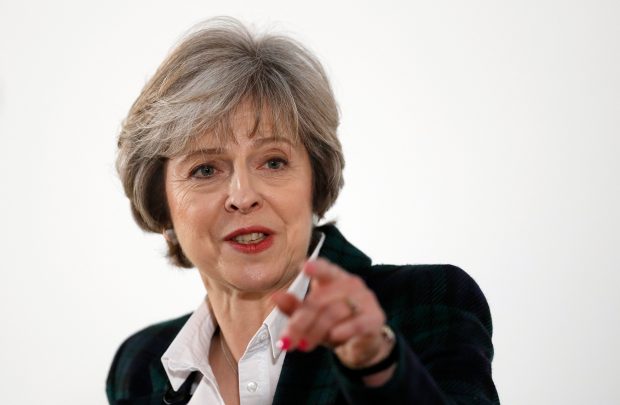There’s an awfully long way to go, but the Brexit negotiations got off to a good start for Theresa May this week I say in The Sun today. Number 10’s great worry was that there would be an immediate no from the EU to what it proposed. That is why May’s Article 50 letter was written in such a conciliatory and constructive tone—it was meant to be impossible to simply say no to.
This approach has had some success. In his negotiating guidelines, EU Council President Donald Tusk doesn’t suggest that the UK has to hand over the so-called divorce payment before trade talks can start—something which would have been unacceptable to the UK government. Rather, he says that the UK and the EU need to agree the principle by which the bill will be calculated before trade talks can start. The verdict of one UK government source closely involved in devising the UK’s negotiating strategy is that ‘this is pretty constructive’.
May’s talk of a ‘deep and special partnership’ between Britain and the EU has struck the right note. As I argue in the magazine this week, both sides in the negotiation need to remember that they will benefit from the other’s success.
Importantly, May has managed to keep her negotiating options open this week. She has essentially confirmed that the UK will make some payment to the EU when it leaves without prompting an eruption from more hard line Tory Eurosceptics. More significantly, there was no outcry when she refused to rule out, in her Andrew Neil interview, free movement and ECJ jurisdiction continuing during an implementation period. This means that May has the flexibility to move towards the EU positon on some of these issues if necessary.
Lots of things could get in the way in the next two years. But right now, the prospects for a Brexit deal look pretty strong.







Comments